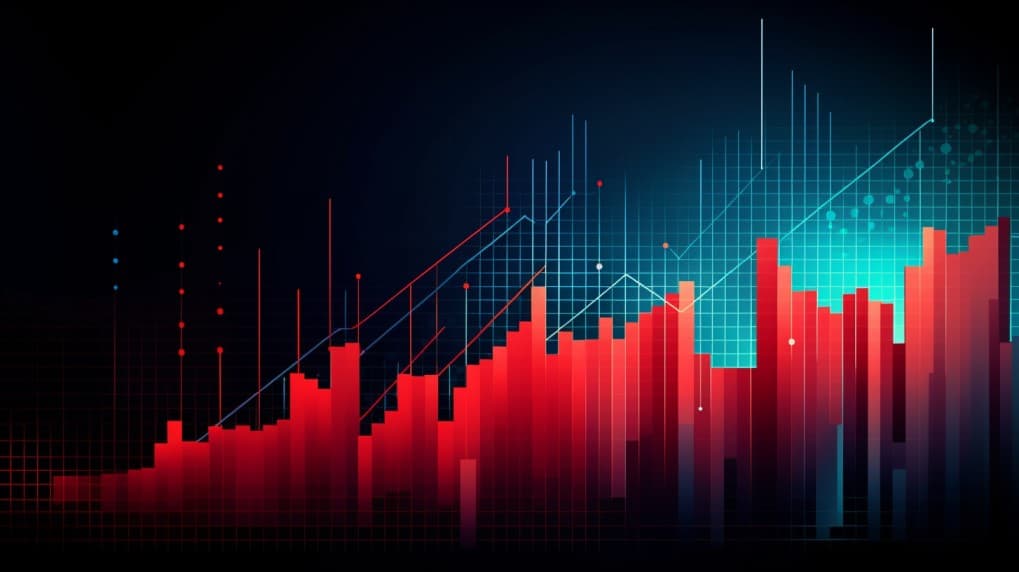
GLTR VS DGL
Exchange-Traded Funds (ETFs) have become a popular choice for investors looking to diversify their portfolios across various sectors and asset classes. In this article, we will conduct a comprehensive comparison between two noteworthy precious metals ETFs: GLTR (Aberdeen Standard Physical Precious Metals Basket Shares) and DGL (Invesco DB Gold Fund). We'll delve into key aspects such as ETF tickers, full names, issuers, sectors, top holdings, capitalization, strategy, tracking, and exposure.
GLTR VS DGL: Overview
GLTR and DGL represent two distinct approaches to investing in precious metals. While GLTR offers exposure to a basket of physical precious metals, DGL focuses solely on tracking the performance of gold. This fundamental difference in strategy leads to varying risk and potential for returns, making it essential for investors to grasp the nuances of each ETF.
GLTR VS DGL: Sectors and Top Holdings
GLTR's approach provides investors with exposure to a diversified array of precious metals, including gold, silver, platinum, and palladium. On the other hand, DGL is centered exclusively around gold. Understanding the sectors and top holdings can aid investors in determining which ETF aligns best with their investment goals and risk tolerance.
 GLTR overlap GLTR VS DGL
GLTR overlap GLTR VS DGL
GLTR VS DGL: Capitalization and Strategy
A crucial factor in evaluating ETFs is their asset under management (AUM), which reflects their popularity and investor interest. GLTR's strategy revolves around maintaining a balanced mix of various precious metals, offering investors a comprehensive way to access this asset class. In contrast, DGL's single-minded focus on gold is designed to capture its price movements. The differences in capitalization and strategy influence the potential returns and associated risks for each ETF, demanding careful consideration from investors.
GLTR VS DGL: Tracking and Exposure
GLTR tracks a physical basket of precious metals by holding the actual metals or derivatives representing their prices. This approach ensures direct exposure to the metals themselves. DGL, on the other hand, uses futures contracts to track the price of gold, providing exposure to the metal's performance without physically holding it. Investors must understand these tracking methods to make informed decisions based on their preferences and risk appetite.
Conclusion
GLTR and DGL offer unique pathways for investors to gain exposure to the world of precious metals. When it comes to investigating holdings, correlations, overlaps, and other insights, ETF Insider emerges as the ultimate tool. With its user-friendly app, investors can gain in-depth knowledge about these ETFs and various other financial instruments.
Disclaimer: This article does not offer any investment advisory services.
Sources:
GLTR ETF issuer
GLTR ETF official page
GLTR quote and analysis
Discover the top holdings, correlations, and overlaps of ETFs using our visualization tool.
Our app allows you to build and track your portfolio.
To learn more about the GLTR abrdn Physical Precious Metals Basket Shares ETF, access our dedicated page now.